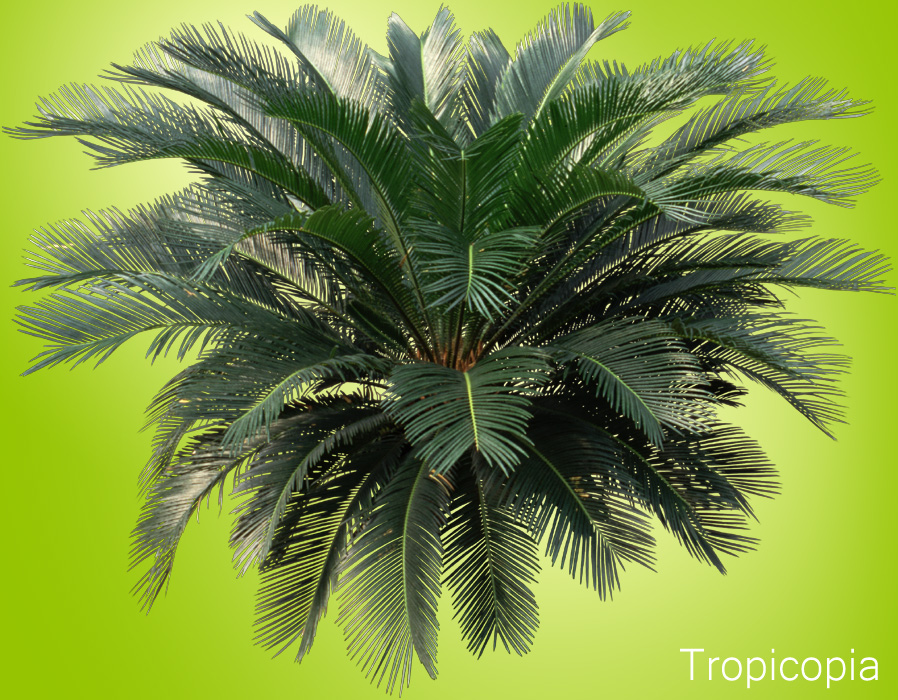





A Sago Palm is not really a Palm but a member of the Cycad Family and a relative of Conifers and Ginko Trees. Cycads, often called “living fossils,” are one of the oldest most primitive plant families and have not changed very much in the last 200 million years. A Sago Palm has a very rugged trunk 1”-12” in width depending upon the age of the plant. The trunk is topped with stiff narrow arching fronds that grow in a circular pattern. Indoors this plant can reach a height of 6ft. (1.8 m). The Sago Palm, native to the Far East, is a very elegant slow growing plant, but remember, all parts of it are poisonousPlants are a great addition to homes and offices, but it’s important to know whether your plants are dangerous to children, pets, or even adults. Some plants contain chemicals such as oxalates, solanine, glycosides, or alkaloid lycorine that may cause vomiting, nausea, diarrhea, swelling and redness of the mouth, throat, and lips, and trouble breathing. Touching parts of certain plants, especially the sap, may cause various skin irritations. The weight and age of the human or pet involved, and the part and amount of plant eaten determine how severe the reaction to the toxins will be. Although plants may be listed as non-toxic, they can still cause individual allergic reactions. If there is any question after a houseplant has been ingested or touched immediately call the Poison Control Center 1-800-222-1222 The Handbook of Poisonous and Injurious Plants [Paperback]is an excellent reference to keep around if you have young children and pets..

Copyright © www.100flowers.win Botanic Garden All Rights Reserved